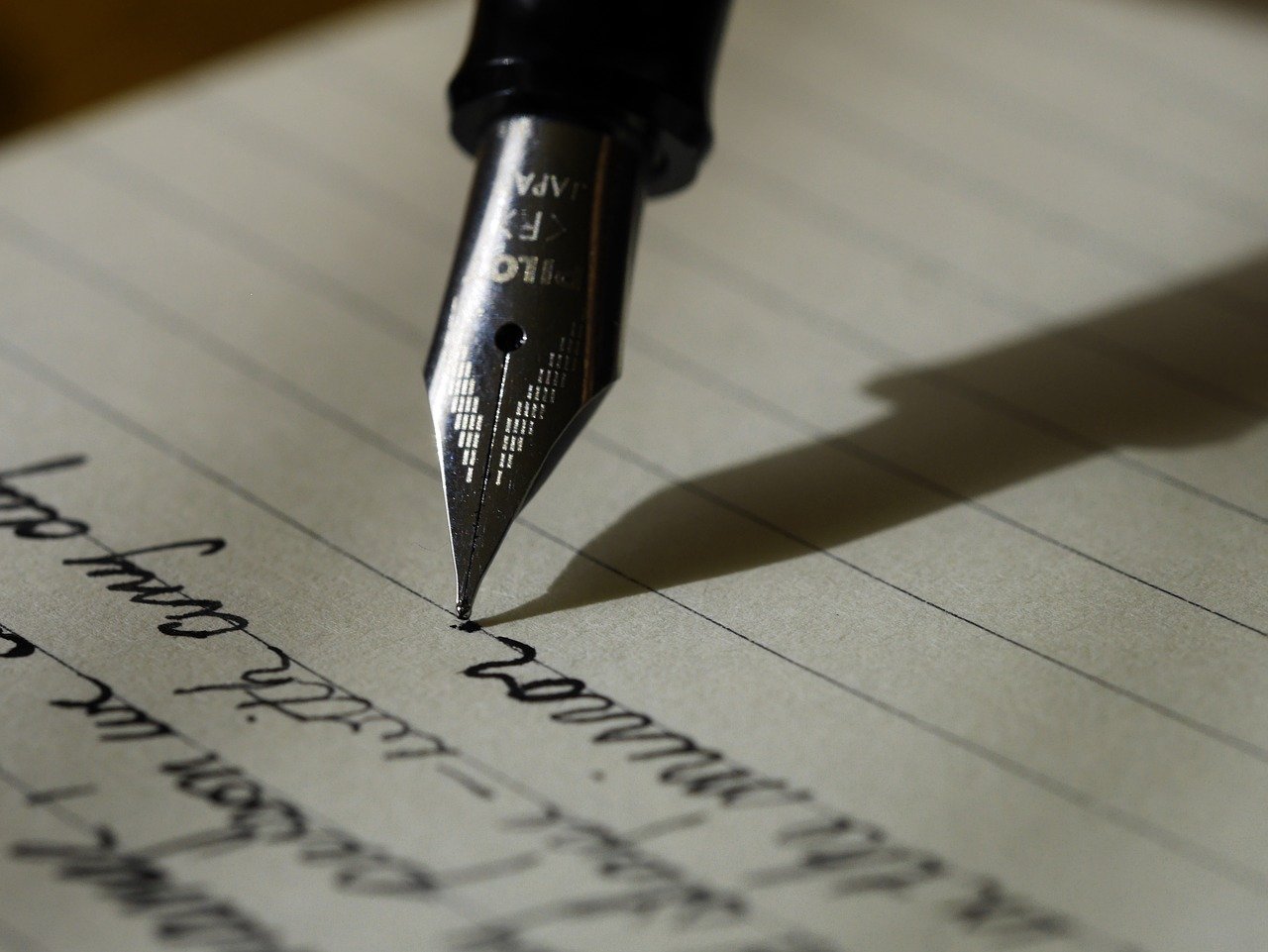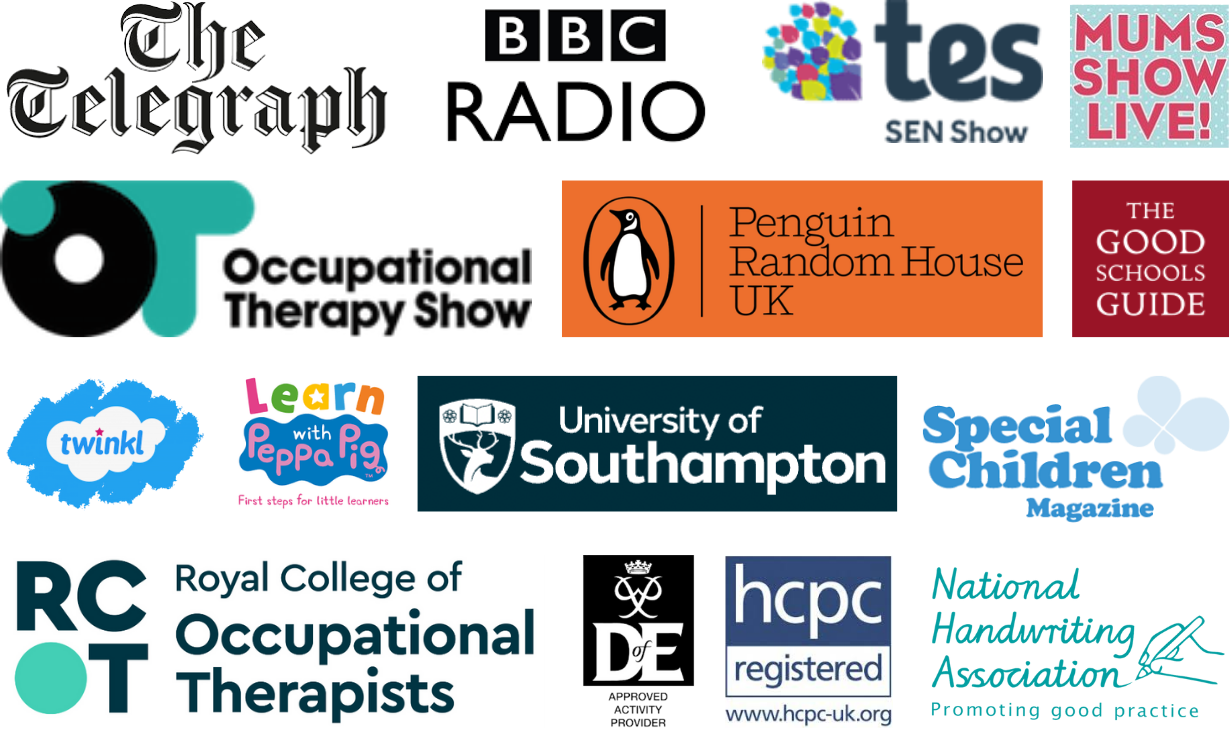When it comes to teenagers’ handwriting skills, most parents will agree that it all starts off well enough.
Primary school children are given regular lessons on how to write properly and neatly in a uniform manner. They are regularly assessed and corrected where necessary. Where it goes wrong is through the teenage years. This is when kids develop their own style and way of doing things – often in direct contradiction to what they’ve been taught. So can teenagers really improve their handwriting?
Teenagers handwriting commonly starts getting faster in order to get down on paper all the information they’re being given. This can give rise to “sloppy” handwriting, which only they and they alone can read!
Bad habits can develop, and bad habits – as comfortable as they may be – can be challenging to get out of.
The good news is that if no neurological factors affect brain function and cognitive behaviour, habits can change. This is even true when it comes to teenagers’ handwriting!
Research carried out by University College London found that it takes, on average, around 66 days for a new habit to take root. It stands to reason that it will take a similar amount of time to break a habit.
It is never too late to change a child’s behaviour and thinking to persuade them that neat, legible handwriting can be possible.
How to Help Teenagers Improve Their Handwriting.
It will probably take a while to persuade a teenager that they need help in the first place.
However, you must remember that the young brain is highly adaptable and open to learning new things. Even in older people, where the brain has suffered a stroke, it is possible to re-learn how to do everyday things.
There’s no reason why a healthy teenager can’t improve their handwriting.

Firstly, look at the pens they’re using. A cheap biro often needs more significant pressure to make the ink flow out, and they erratically run out of ink.
A decent pen, such as a roller ball, or even a fountain pen, is needed to make handwriting look good. This will help a teenager’s handwriting flow naturally and help them take pride in their work.
Technicalities like letter sizing and spacing conformity are easy enough to explain to teenagers. It can be pointed out that writing in a slower, less frenetic and uniformly neat way is preferable. This will enable others to be able to read it.
Here are some tips for handwriting practice for teenagers.
Disinterested teenagers must know why they should go to all this effort when they could type instead.
For instance, pointing out to them that there will be times when typing is not an option, and they will need to be able to communicate via writing things down may work. What will also hit home is helping them to understand that the appearance of a person’s handwriting says a lot about their character. It may also be assessed in job interviews where legible writing is an essential part of the job.
YES is the answer to whether a teenager’s handwriting can be improved.
It may take a little time, but it will be worthwhile.









